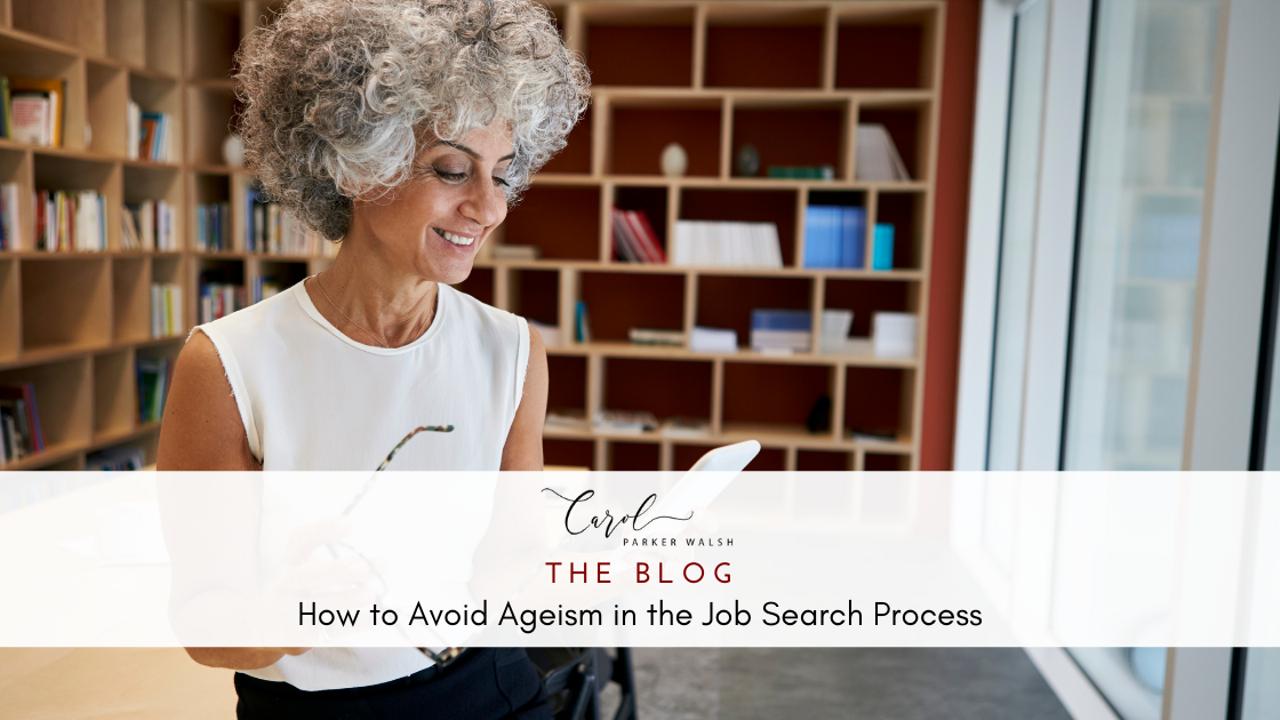Avoiding Ageism in the Job Search Process
Feb 11, 2021
When you're over 50, the last thing you expect is to be out there looking for a job. However, when 51% of Americans over 50 have no emergency savings account and the unemployment rate for this age group sitting at 3.6%, 50+-year-olds around the country have been dusting off their resumes and jumping back into the job search game.
As the population continues aging, midlife professionals (age 50+) will likely dominate the workforce in the next five to 10 years. However, 50-year-old job searchers are contending with ageism in the hiring process. It's even worse for women. According to a study by the AARP, 50+-year-olds have reported having seen or experienced age discrimination in their careers, including during the hiring process. This is an area that diversity professionals admit they could do more and should do more to dispel the ageist myths and stereotypes in the workplace.
As an employment discrimination attorney in my 20s and 30s, I dealt with my fair share of age discrimination cases. However, most don't file because they're hard to prove and are quite costly. Now, almost 30 years later, it's clear we still have a lot of work to do to strengthen our laws and educate the population. If you're in the midst of a career transition or job change, here are a few things you can do to combat this challenging but genuine issue.
1. Find a Place that Wants You: When reviewing job descriptions, lookout for phrases like "high energy," "digital native," "minimal experience," or other coding languages that refer to young candidates and signal a culture that may not be supportive and inclusive around age. Also check out their website. Do the photos suggest an age preference? Is there an age-diverse leadership team? Do a little due diligence before you apply.
2. Update Your Resume: Don't feed the myth that you're not current or up-to-date on the job search process. Today, you no longer have to include your address, objective statements, or "references" available upon request on your resume. Be sure to include a link to your LinkedIn profile (which means you need to have a stellar profile). Build a stellar and customized resume that is directed toward the job your want.
3. Lose the Dates: Watch how your use of numbers is dating yourself. For example, just because you have 30 years of experience doesn't mean that you need to state it on your resume or job application. If the job only wants 8 years of experience, say you have 8+ years. While you may be proud of those 20 years you've honed and crafted your skills, if the position isn't asking for 20 years, no need to highlight it. Remember, hiring managers can do the math, so don't age yourself before you walk through the door. Don't include your graduation dates on your resume or LinkedIn, and no need to go back further than 10 years on your resume. If you have some relevant skills and experience that date backs more than 10 years, include it in your professional summary or highlight it in the relevant skills section.
4. Know Your Keywords: Today, employers use applicant tracking software (ATS) systems to screen resumes. With over 250 resumes submitted per job, employers are using automation to streamline the process. ATS systems scan for relevant keywords related to job duties or desired functions of the position. When the system spots these keywords, it signals to the employer that you're the right person for the job, enabling you to successfully make it through the initial round of interviews.
5. Get on LinkedIn: Show you are, in fact, computer and social media savvy by hopping on LinkedIn and creating a stellar profile. 90% of recruiters use LinkedIn as part of their recruitment process to learn more about you as a candidate. This is the perfect place to market yourself and highlight additional skills, knowledge, publications, etc., that you haven't added to your resume. Use LinkedIn as your personal website and show off your skills, education, experience (and any additional certification/training) that are attractive and relevant to prospective employers.
6. Update Your Knowledge: Sign up for a course on Microsoft to update your proficiency in Microsoft Office, take a quick course on Coursera on how to analyze data, watch YouTube and learn how to master Zoom. Updating your knowledge and skills will put you "in the know" and gives you the right verbiage to use during your interview. Show that you're continually learning, upgrading, and developing your skills. This will go a long way to dispel the myth that midlife professionals are out of touch and lack technical knowledge and skills.
While these strategies will increase your chances of getting past the initial screening, it doesn't guarantee that you won't come across a less than savvy interviewer that will take one look at you and decide to go another way. Ageism is real, but it doesn't have to stop you from you landing your ideal job or transitioning in the career of your dreams. Do your research and find "age-friendly" organizations where you'll be valued for your experience and not disregarded because of it.
Check out my career segment on AMNorthwest, where I share a few additional highlights.
You can watch the live Career Segment here:
Unlock the #1 Issue Plaguing Today's Leaders
Get The Effective Time Management Guide for Busy Leaders Today!
Time is the scarcest resource leaders have, and how it's allocated matters significantly. As a leader, mastering time management is crucial - it's essential for being present for your team, prioritizing work effectively, and driving your organization forward.
We hate SPAM. We will never sell your information, for any reason.

